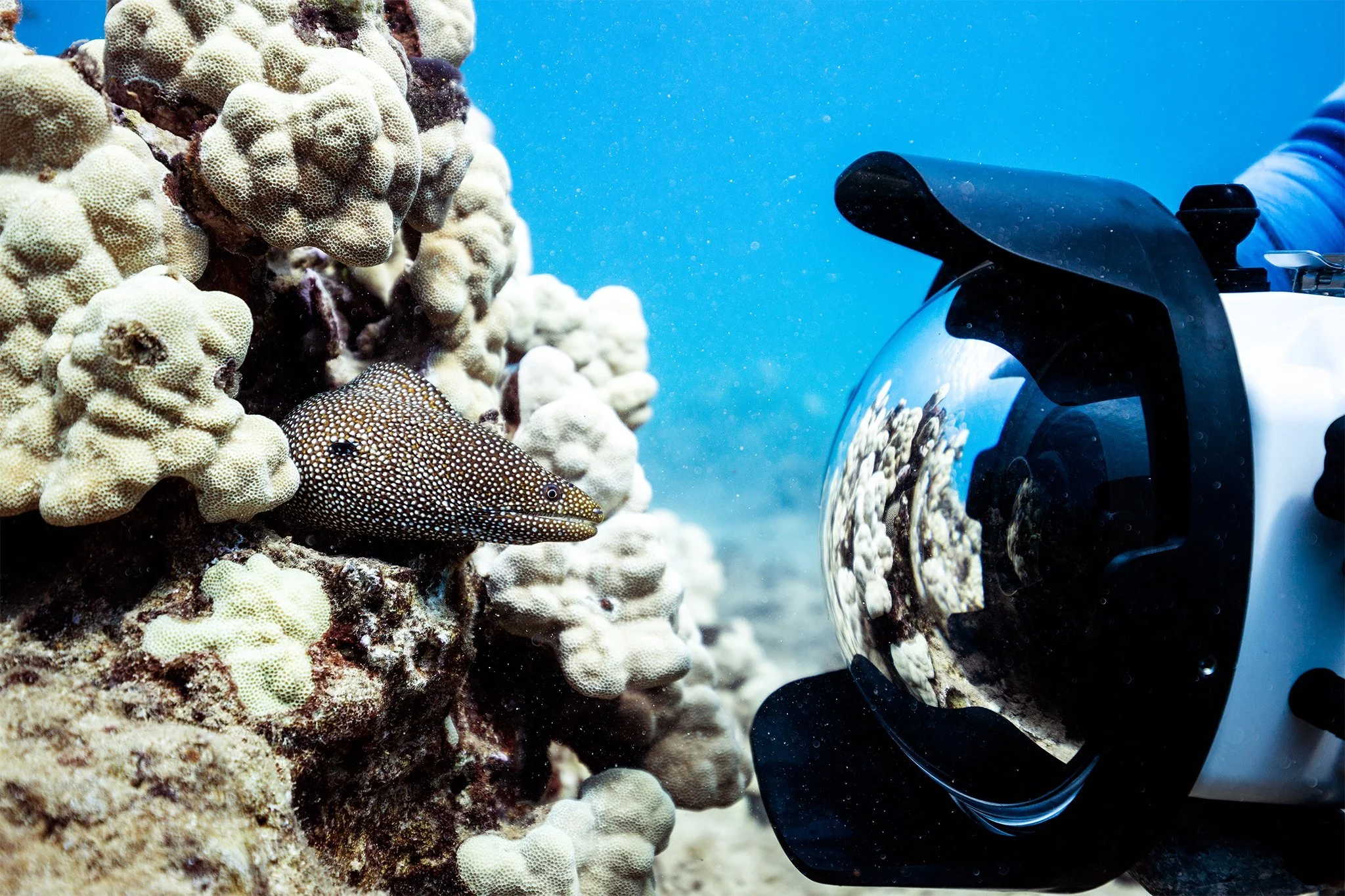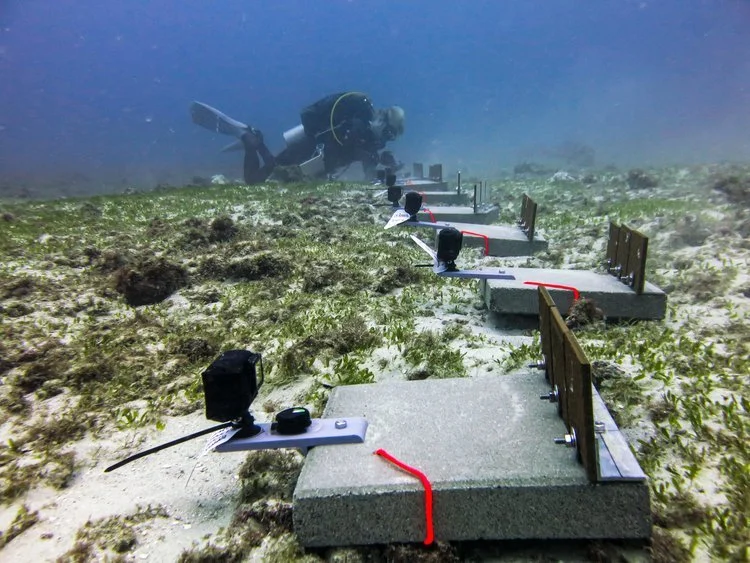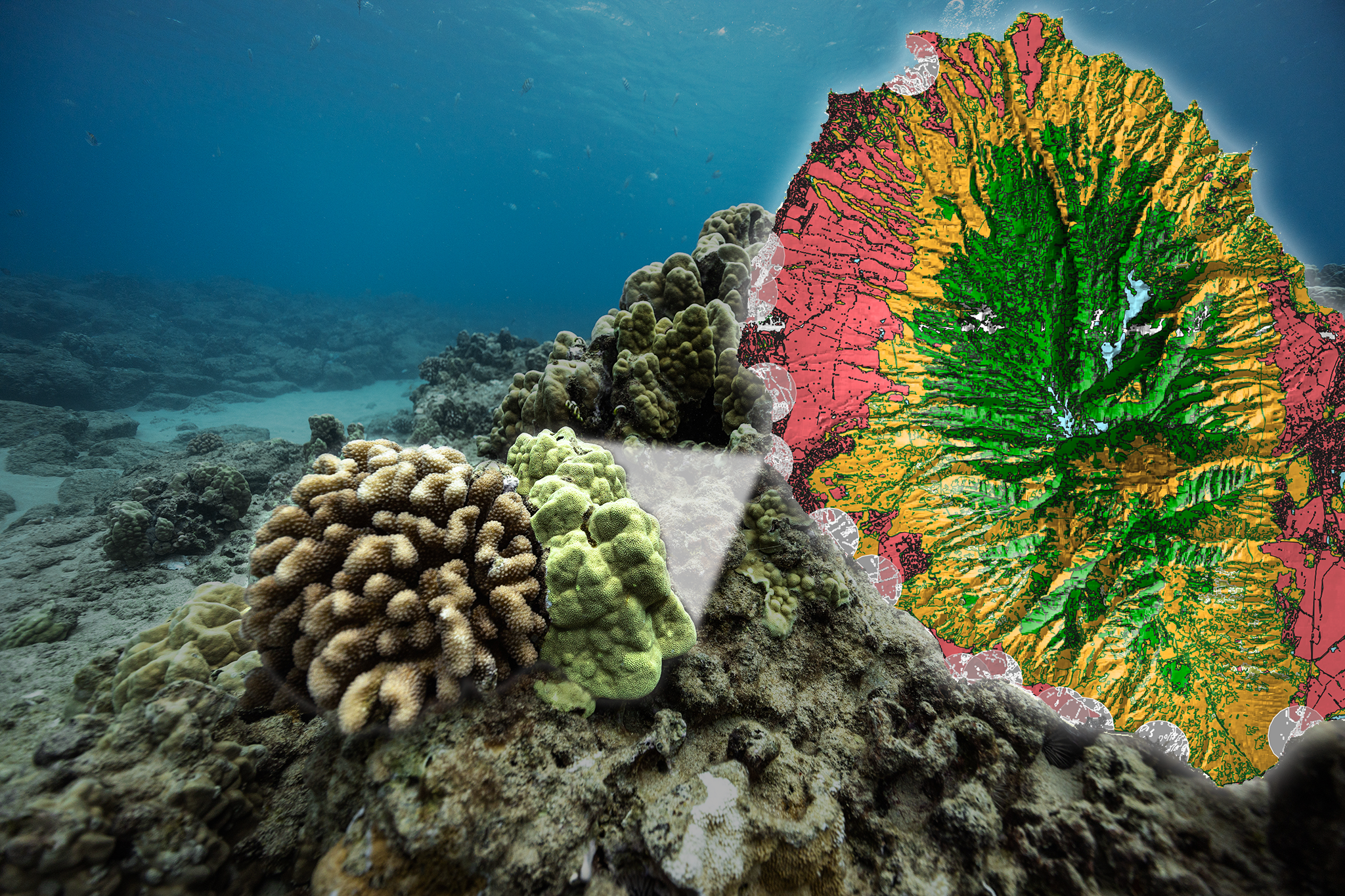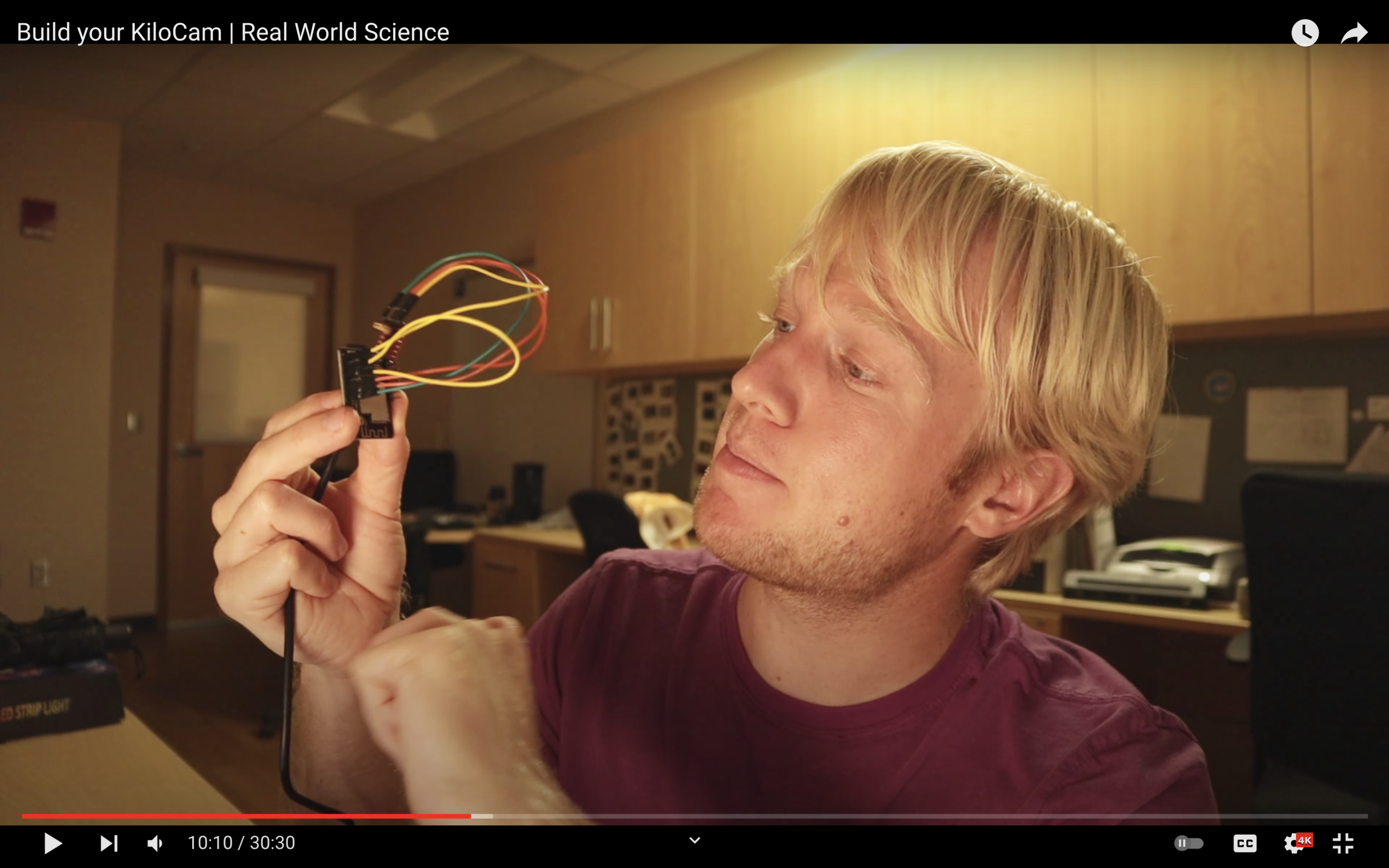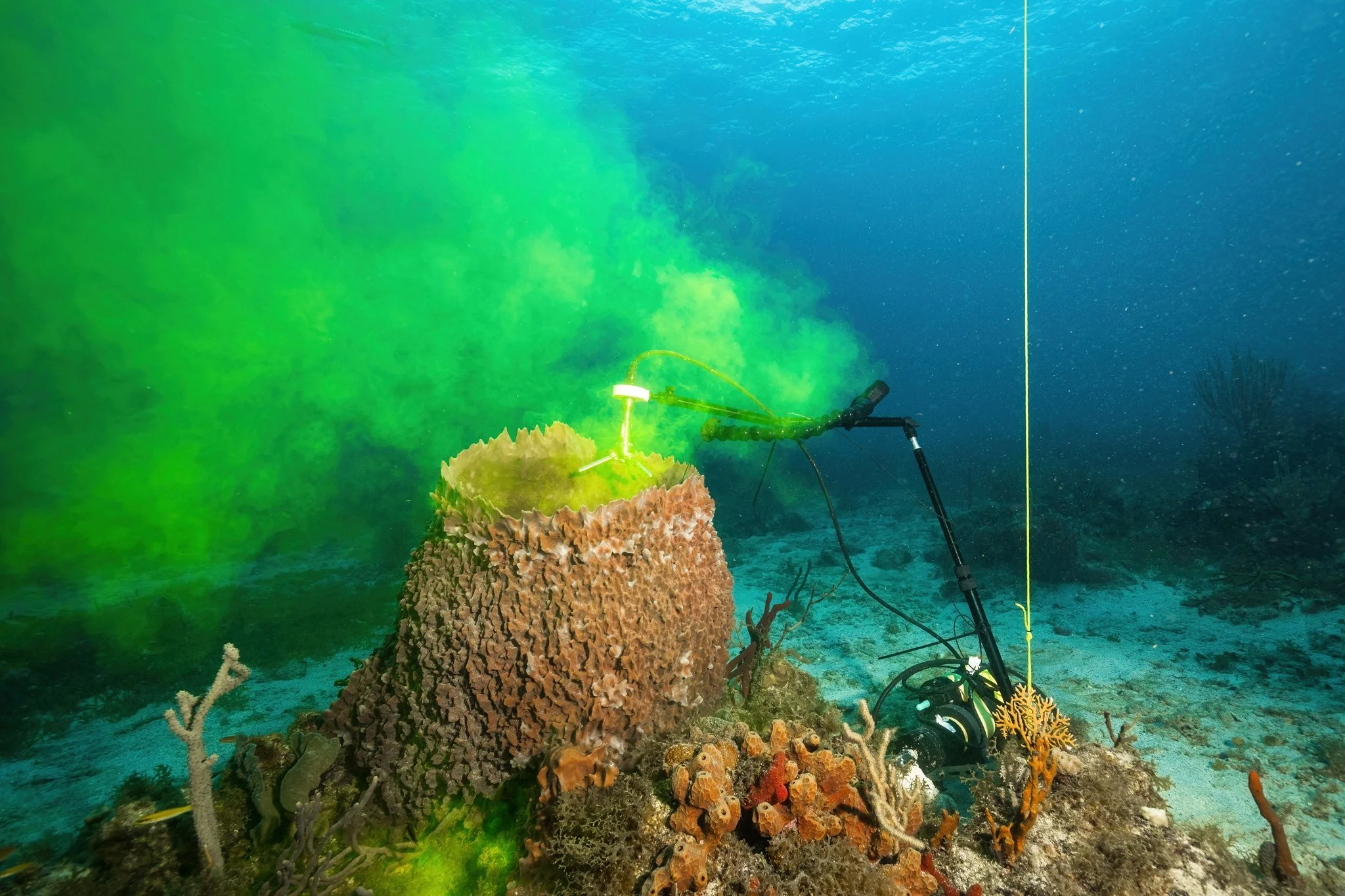Turning imagery into scientific insight and outreach
Designing low-cost, flexible conservation tools
Science should be accessible. Expensive instruments and methods limit data collection in remote and underserved areas. I design low-cost autonomous camera systems and molecular sampling protocols to improve not only how science is done, but also who can do it. My KiloCam and open-access CoralCam habitat monitoring cameras are deployed worldwide by a growing community of researchers and citizen scientists.
Small details to big insights
I believe that big insights can come out of small details. My current research relates the health of coral reefs at a molecular level to satellite environmental metrics. Beginning with data on individual coral colonies, I am establishing links between the age, microbiota, and metabolome of corals to the future of Hawaiian coral reefs. Ecological forecasting and geospatial analysis transform these data into management impacts.
Communicating science and mentoring students
I was a photographer long before I was a scientist and I use that expertise to communicate science to new audiences, whether on YouTube or at professional conferences. Through video and still imagery I provide visual guides on constructing low-cost instruments, explanations of scientific principles, and the importance of marine conservation. I mentor undergraduates in their experimental design and science communication.

